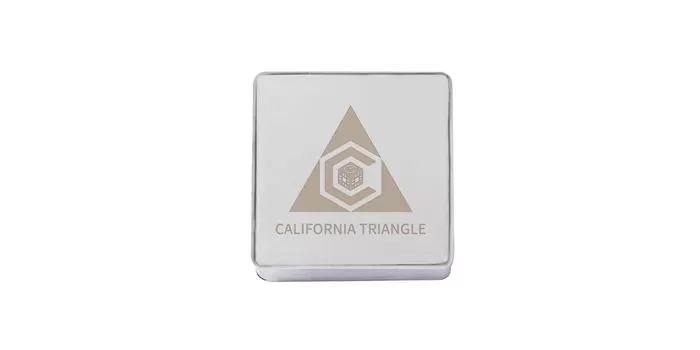How Atomic Clocks Work: Accuracy, Applications, and Future
In today's fast-paced world, precise timekeeping has become more crucial than ever, leading to the growing importance of atomic clocks. These sophisticated devices, which measure time based on the vibrations of atoms, offer unparalleled accuracy and reliability that traditional timekeeping methods simply cannot match. As a buyer engaged in foreign trade for many years, I have witnessed firsthand the increasing demand for atomic clocks across various sectors. This article delves into how atomic clocks work, their myriad applications, and their promising future.
For more information, please visit atomic clocks.
Atomic clocks operate on the principle of quantum mechanics, specifically utilizing the natural frequency of vibrations of atoms. The most commonly used atom in atomic clocks is cesium, whose electrons oscillate at a frequency of 9,192,631,770 times per second. By standardizing this frequency, atomic clocks can maintain extremely accurate time measurement, deviating by no more than a second over millions of years. This level of precision is far superior to the traditional quartz crystal clocks, which can vary by several seconds each year.
The applications of atomic clocks are diverse and critical. They play an essential role in global positioning systems (GPS), telecommunications, financial transactions, and scientific research. GPS, for instance, relies on synchronized atomic clocks in satellites to determine precise locations on Earth. Without the accuracy provided by atomic clocks, navigation systems would be significantly less reliable and could lead to errors in positioning. Similarly, atomic clocks are vital in ensuring that financial systems operate smoothly, where timing can impact billions of dollars in transactions.
The purchasing landscape for atomic clocks reflects their growing importance in various industries. As a buyer, I have observed that manufacturers and suppliers are increasingly focusing on providing high-precision timekeeping solutions for their clients. Many companies are now looking to integrate atomic clocks into their operations to enhance accuracy and efficiency. Buyers can procure atomic clocks from specialized manufacturers, ranging from large multinational corporations to smaller, niche producers that emphasize bespoke solutions tailored to specific needs.
In the realm of international trade, sourcing atomic clocks can present challenges due to the regulatory standards governing technology exports. Different countries have varying requirements for importing high-precision equipment, often necessitating compliance with specific quality standards or certifications. As a buyer, navigating these complexities is essential to ensure that products meet local regulations and perform effectively in their intended applications. Establishing strong relationships with reliable suppliers can facilitate smoother transactions and ensure access to the latest technological advancements in atomic clock design and functionality.
Looking ahead, the future of atomic clocks appears promising. With advancements in technology, researchers are exploring new materials and methods to further enhance the precision and functionality of atomic clocks. For instance, optical lattice clocks, which utilize lasers to trap atoms and measure their vibrations, have emerged as a cutting-edge alternative that could revolutionize the timekeeping industry. These next-generation atomic clocks promise increased accuracy and miniaturization, potentially allowing for widespread adoption in everyday devices.
Furthermore, as the demand for precise timing continues to rise across various sectors, the market for atomic clocks is expected to expand. Industries such as space exploration, telecommunications, and scientific research will increasingly rely on atomic clocks to enhance their capabilities. As a result, buyers can anticipate a growing range of options and innovations when sourcing atomic clocks in the coming years.
In conclusion, atomic clocks represent a remarkable achievement in timekeeping technology, with their accuracy and reliability setting a new standard. The current state of purchasing atomic clocks indicates a burgeoning market driven by diverse applications and evolving technological advancements. As a buyer in foreign trade, navigating this landscape requires understanding the intricacies of sourcing high-precision equipment, while also staying ahead of developments that shape the future of atomic clock technology.
If you want to learn more, please visit our website California Triangle.

评论
发表评论